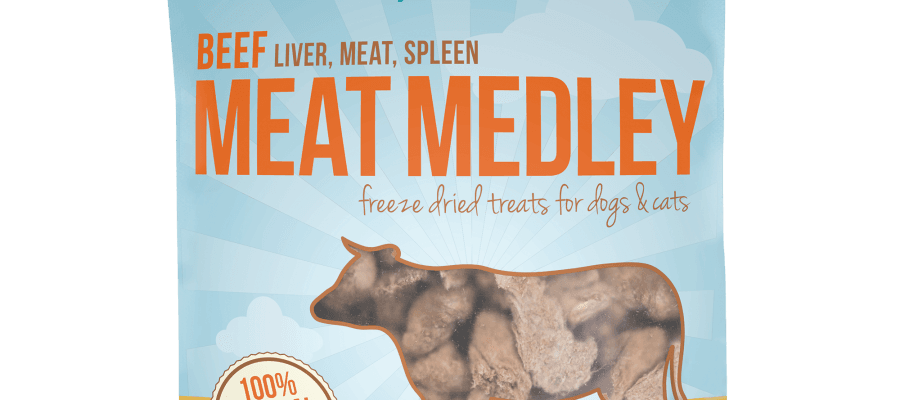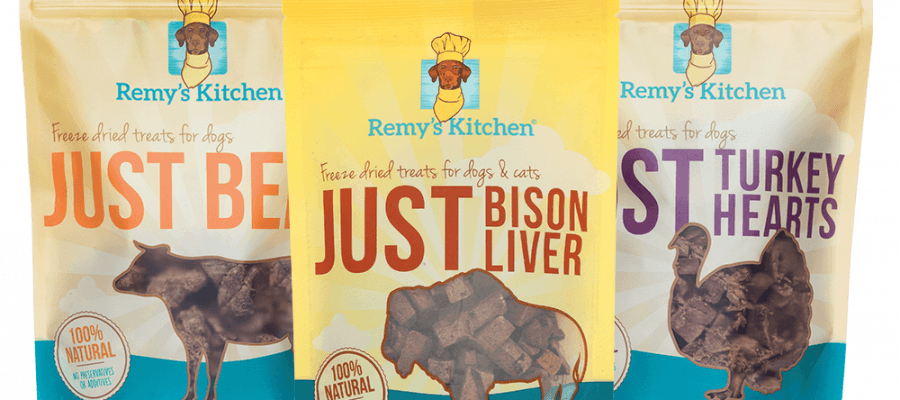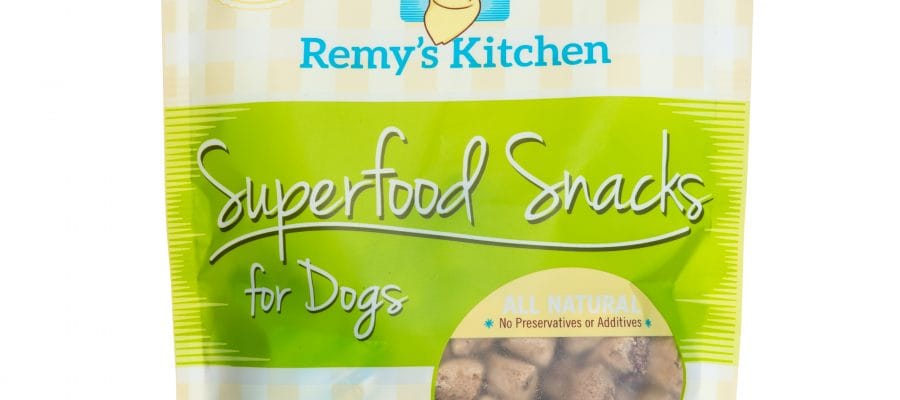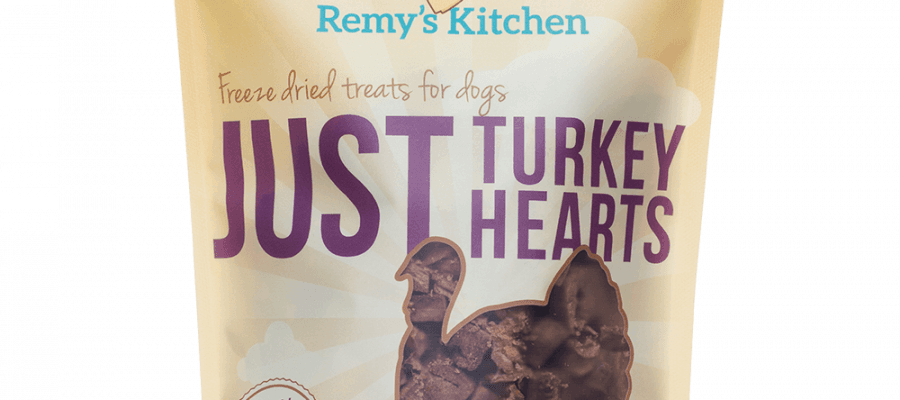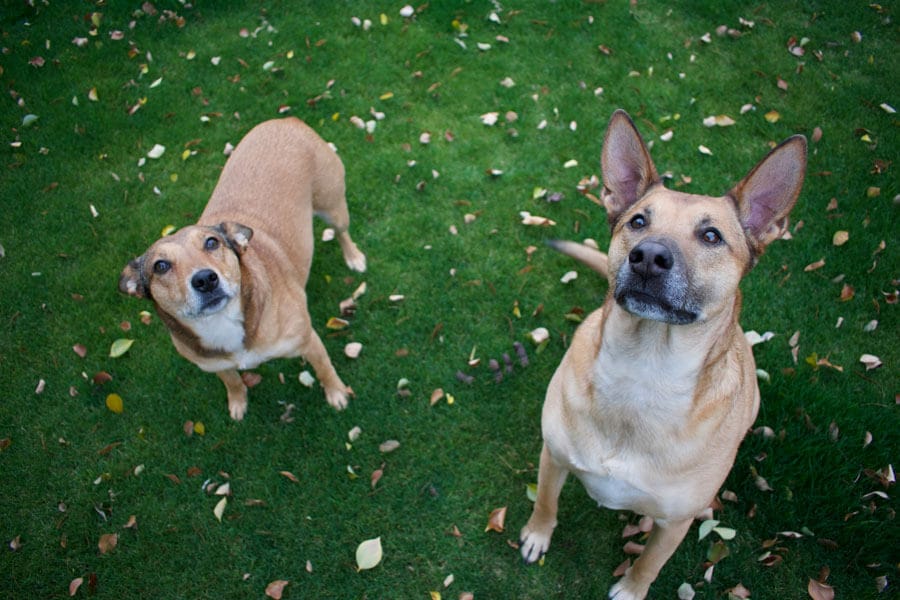
How much should you actually feed your dog? If you’ve been eyeballing scoops and guessing based on vibes, you’re not alone. But when it comes to pet nutrition—especially if you’re dealing with allergies, food sensitivities, or digestive drama—a little math goes a long way. Enter: the dog food calculator.
It’s not just a digital tool. It’s your best defense against overfeeding, underfeeding, and the all-too-common bellyache that follows.
In this guide, we’re not just talking numbers. We’ll walk through how proper portioning helps manage dog food for sensitive skin, why your dog food bowl and dog food mat setup actually matters more than you think, and yes—we’ll even touch on what your cat’s eating (because the vegan cat food debate isn’t going away any time soon).
Let’s get into it.
Why Portion Control Isn’t Just a Weight Thing
You might think portioning is just about keeping your dog’s weight in check. And sure, it helps. But the right portion size also plays a huge role in:
- Managing food-related allergies
- Supporting skin and coat health
- Reducing bloat and gas
- Avoiding nutrient overload or deficiency
If your dog has sensitive skin, especially, overfeeding can lead to excess fat intake—which in turn can fuel inflammation and trigger itchy, flaky episodes. That’s why using a dog food calculator that takes into account weight, age, breed, and activity level is so important.
Guessing? That’s yesterday’s problem.
How to Use a Dog Food Calculator (Without Getting a Headache)
Don’t worry—we’re not sending you back to high school algebra.
A proper dog food calculator should ask for:
- Your dog’s weight
- Activity level (couch potato vs. Olympic zoomies)
- Age and breed
- Type of food (dry, raw, freeze-dried)
Then, it spits out a recommended daily portion in grams or cups. Easy, right?
But here’s where people go wrong: they plug in the info, get a number, and call it gospel. What they don’t account for? Treats. Toppers. That extra scoop when your pup gives you the “you forgot me” face.
Portion control isn’t static. Adjust every couple of months, especially if you notice changes in energy, coat condition, or stool consistency. And yes, track it—not just eyeball it.
Got a Sensitive Dog? Then Portion Size Matters Even More
Feeding the wrong portion doesn’t just cause weight gain. For pups with sensitivities, it can spark a chain reaction—starting in the gut and ending in a full-body itch.
Dogs that require dog food for sensitive skin often need higher omega-3s, cleaner protein sources, and fewer inflammatory fillers. But even if you’re using top-tier food, feeding too much of it can still throw off the balance.
Here’s what helps:
- Stick to measured feedings. No free-feeding bowls.
- Use your dog food calculator weekly if your pup is growing or aging.
- If symptoms flare up—like ear infections or paw licking—reassess both ingredients and quantity.
Even with the right food, too much of a good thing can still cause problems. Especially when it comes to skin health.
The Bowl Isn’t Just a Dish—It’s Part of the Equation
You’re portioning properly. Great. But where you serve that food matters too.
Let’s talk dog food bowl basics:
- Plastic bowls? Skip them. They scratch easily, harbor bacteria, and can trigger chin acne.
- Stainless steel or ceramic? Yes, please. They’re durable, easy to clean, and don’t leach chemicals.
- Shallow or elevated? Depends on your dog’s breed, age, and posture needs.
For dogs with skin sensitivities, keeping the bowl clean is crucial. A buildup of saliva, bacteria, or leftover oils can cause allergic flare-ups—especially around the mouth and chin.
Wash bowls daily. Not once a week. Not when you remember. Daily.
What’s the Deal With Dog Food Mats?
If you’re still feeding your dog on the floor (and mopping up after every meal), it’s time to get acquainted with the dog food mat.
Here’s why it matters:
- Keeps your feeding area hygienic
- Prevents water and food messes from soaking into floors
- Provides a non-slip surface to reduce bowl movement (especially important for older dogs)
But more than convenience, mats play a big role in allergy prevention. Dogs with sensitive skin often react to environmental allergens as much as food-based ones. A grimy floor covered in food residue? Not ideal for paws, noses, or bellies.
Choose a silicone, BPA-free mat that’s easy to wipe clean and resistant to mold. Bonus points if it has raised edges to trap spills.
The Vegan Cat Food Crossover—And What It Means for Dogs
Okay, we know this is about dogs. But hear us out.
If you’re feeding your cat a plant-based diet and your dog is sneaking bites (because they will), you need to pay attention. Vegan cat food isn’t just controversial—it’s dangerous if shared.
Cats are obligate carnivores. Dogs are more omnivorous, but that doesn’t mean they should be eating soy-based or pea-heavy meals either—especially if they have skin sensitivities. Those fillers can disrupt digestion and trigger inflammation.
So here’s the rule: separate species, separate meals. Even better? Store foods separately in clearly labeled containers. Keep your dog’s diet focused on digestible proteins, clean fats, and real, nutrient-dense ingredients.
Many plant-based pet foods rely heavily on starches, legumes, and synthetic nutrients to create “complete” meals. But when your dog is already prone to itching, rashes, or GI issues, that extra fiber or low-quality protein can make things worse—not better.
And let’s be honest—your dog doesn’t need to experiment with your cat’s new food trend. Instead, invest in high-quality dog food made with single-animal proteins and freeze-dried formulations that support digestion, skin repair, and overall balance. Because species-appropriate nutrition isn’t just ideal—it’s non-negotiable for long-term health.
Treats, Toppers, and the Calculator Curveball
Now, let’s address the elephant in the room—treats.
They’re part of your dog’s daily intake whether you like it or not. That training session? That bedtime biscuit? It all counts.
Using a dog food calculator but ignoring treats throws everything off. The solution? Factor treats into the total daily calories. If you’re feeding 500 kcal/day, and treats are 100 kcal, subtract that from the food portion.
Want to avoid this headache? Switch to freeze-dried treats made from single proteins—like those from Remy’s Kitchen. They’re lean, portionable, and won’t spike your dog’s system with fillers or preservatives.
Plus, they double as toppers, making mealtime more exciting without throwing the calculator into chaos.
Just be careful—some commercial toppers and treats are loaded with hidden fat, salt, and carbohydrates. Even if they’re labeled as healthy, those extras can quietly contribute to food-related issues like skin flare-ups, stomach upset, or weight gain. And when your dog already has sensitivities, that “just one more” mindset adds up fast.
If you want to be precise, keep a small treat journal or weigh portions for a few days. It’s not forever—but it’ll give you a better sense of how all the extras are influencing your dog’s diet.
Feeding Environment—Why It Shapes Digestion and Skin Health
The bowl, the mat, the portion—all matter. But so does the vibe.
Stress at feeding time can trigger digestive upset, refusal to eat, or scarf-and-barf behavior. Dogs with skin issues are already dealing with internal inflammation. You don’t need to add external stress to the mix.
Tips for a calmer mealtime:
- Feed in a quiet, low-traffic area
- Use puzzle feeders if your dog eats too fast
- Avoid stacking food and water bowls—spills can create mess and mildew
- Keep a consistent schedule to support digestion
Your feeding setup should be just as tailored as your food choice. It’s all part of the bigger health picture.
And don’t forget surface hygiene. That dog food mat you laid down a month ago? It needs cleaning—often. A mat coated with old spills or bacteria can trigger allergic reactions through contact alone. Make wiping it down part of your daily routine. Also, observe your dog’s posture during meals. Straining, stretching, or awkward angles may affect digestion more than you think. Feeding should feel effortless—for you and for them. When their eating space feels safe, comfortable, and clean, everything else tends to fall into place.
Final Thoughts—Don’t Just Feed. Fuel.
Feeding your dog isn’t just a task. It’s a chance to support their skin, energy, mood, and longevity.
Using a dog food calculator ensures you’re not guessing. It turns mealtime into a mindful practice. One that considers not just quantity, but quality.
If your dog deals with sensitivities, allergies, or chronic itching, every detail counts—from what’s in the bowl to what the bowl sits on. Even the wrong dog food mat can become a hotspot for germs if you’re not cleaning it often enough.
And while trends like vegan cat food may dominate headlines, remember that feeding your pets isn’t about following fads—it’s about following science, biology, and common sense.
Need a safe, species-appropriate, freeze-dried option that won’t cause you to second-guess every scoop? Look to Remy’s Kitchen. Their small-batch, real-ingredient philosophy means fewer flare-ups, better digestion, and food you can actually feel good about.

